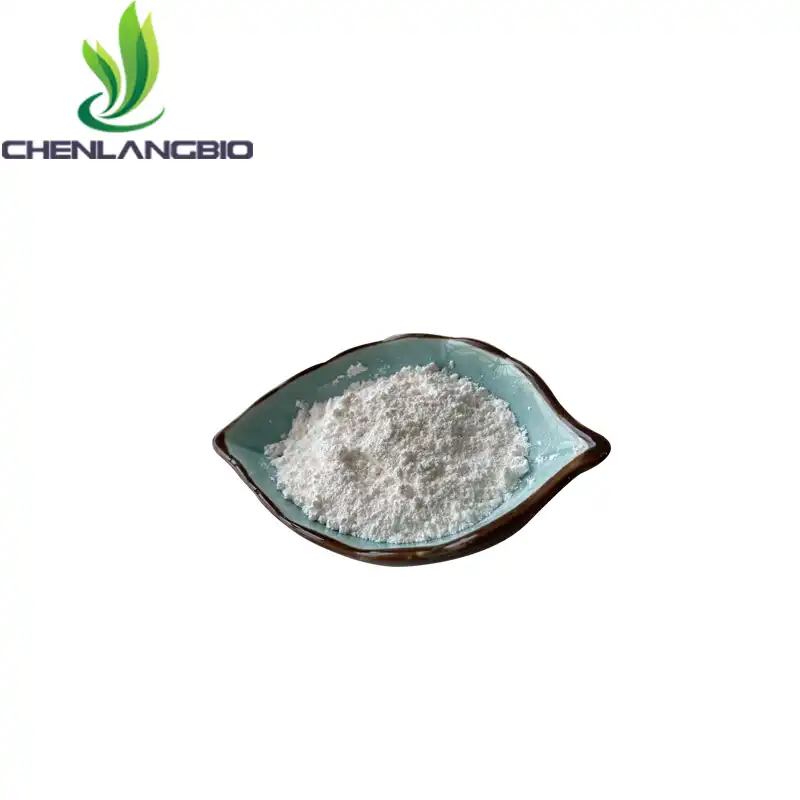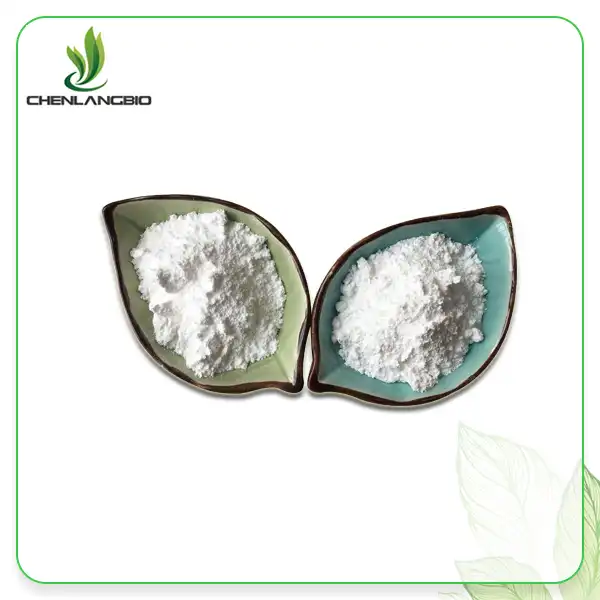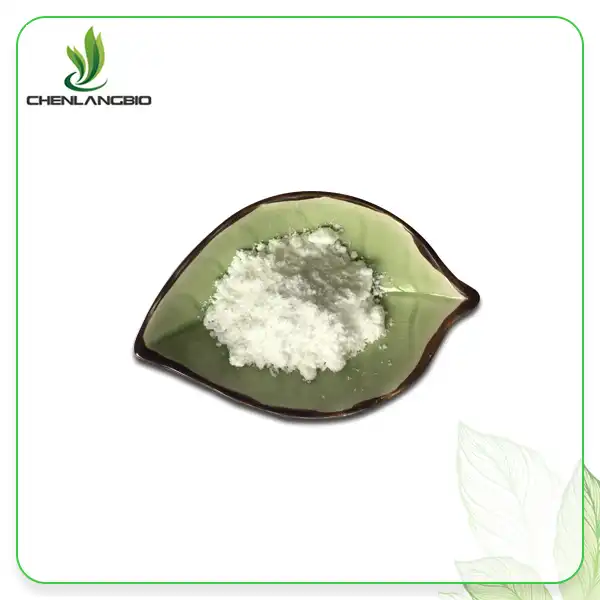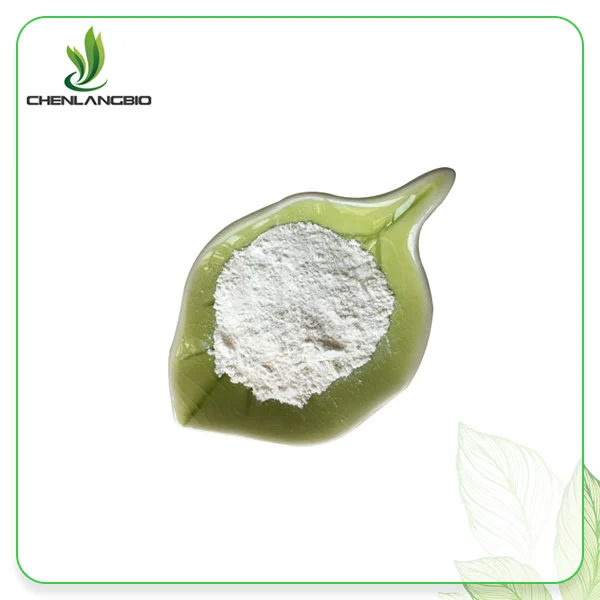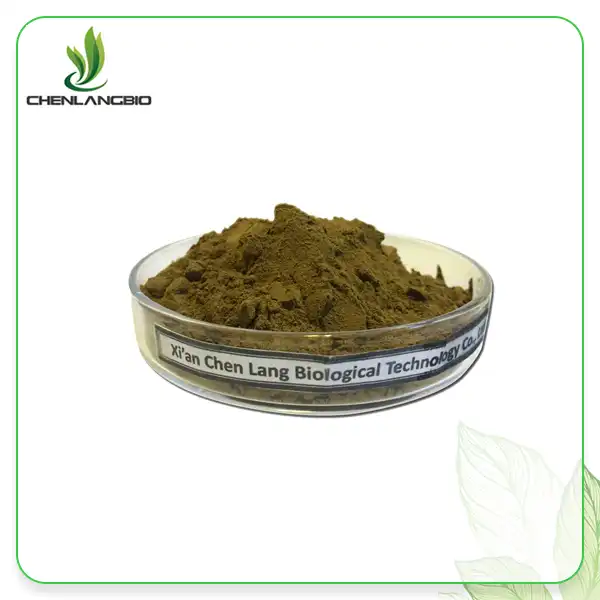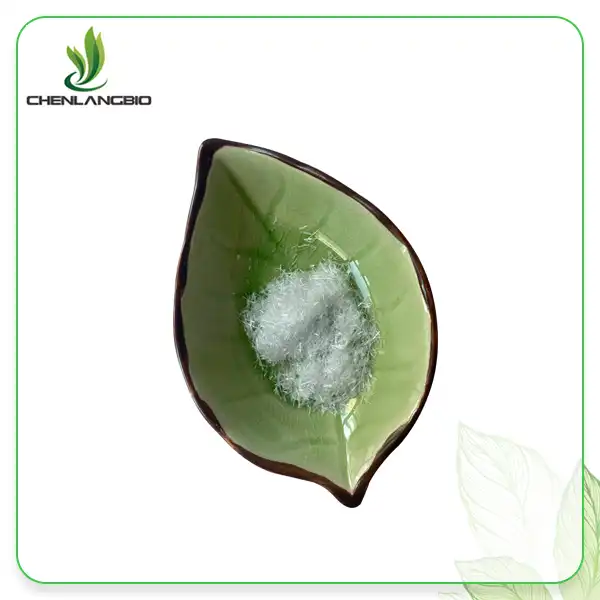What Is Praziquantel Used for in Fish
2024-07-01 17:56:33
Praziquantel is a well-known anti-parasitic medication used extensively in both human and veterinary medicine. In the context of aquaculture and fishkeeping, praziquantel plays a crucial role in managing parasitic infections that can devastate fish populations. This blog will delve into the various uses of praziquantel in fish, its application methods, and frequently asked questions about its effectiveness and safety.
How Does Praziquantel Work in Fish
Praziquantel is an anthelmintic agent widely used in both human and veterinary medicine, including aquaculture. It specifically targets parasitic worms, providing an effective solution for managing parasitic infestations in fish.
Mechanism of Action:
Praziquantel works by disrupting the nervous system of parasitic worms, primarily by increasing the permeability of the parasite's cell membranes to calcium ions. This leads to:
Paralysis: The influx of calcium ions causes sustained muscle contractions, resulting in paralysis of the worm.
Detachment: Paralyzed parasites lose their grip on the host tissues.
Death: Ultimately, the disrupted calcium homeostasis leads to the death of the parasite, which is then expelled from the host.
Benefits for Fish:
Effectiveness Against Parasites:
Broad Spectrum: Praziquantel is highly effective against a wide range of internal and external parasites, including:
Tapeworms (Cestodes)
Flukes (Trematodes)
Other helminths
Efficacy: Its ability to target multiple types of parasites makes it a preferred choice for both hobbyist fish keepers and professional aquaculture operations.
Safety Profile:
High Safety Margin: When used at recommended dosages, praziquantel exhibits a high safety margin. This means it can be used without causing significant harm to the fish.
Low Toxicity: Compared to other anti-parasitic treatments, praziquantel is less toxic, making it suitable for use in diverse aquatic environments, including both freshwater and marine systems.
Minimal Side Effects: Proper dosing typically results in minimal adverse effects, ensuring the well-being of the fish during treatment.
Application Methods:
Oral Administration: Praziquantel can be given orally, either by direct administration or through medicated feed. This method is effective for treating internal parasites.
Medicated Feed: Incorporating praziquantel into the fish's diet ensures consistent intake of the medication, especially useful for large populations in aquaculture.
Bath Treatments: For external parasites or when oral administration is not feasible, praziquantel can be used in bath treatments. Fish are immersed in a solution containing the medication, allowing it to penetrate the skin and gills.
Ease of Use:
Formulations: Praziquantel is available in various formulations, including tablets, powders, and liquid solutions, offering flexibility in administration.
Compatibility: It is generally compatible with other treatments and can be integrated into routine parasite management protocols without causing harmful interactions.
Can Praziquantel Treat Fish Lice and Anchor Worms
Fish lice and anchor worms are common external parasites that can cause significant harm to fish. Here's how praziquantel can be used to treat these parasites:
Fish Lice (Argulus spp.): Fish lice are crustacean parasites that attach to the skin and gills of fish. They can cause irritation, secondary infections, and even death if left untreated. Praziquantel is effective against fish lice by disrupting their nervous system, leading to their detachment and death.
Anchor Worms (Lernaea spp.): Anchor worms are another type of crustacean parasite that embed themselves into the skin of fish, causing ulcers and infections. Praziquantel helps by targeting the larvae and adult worms, preventing their attachment and growth.
Administration: For treating fish lice and anchor worms, praziquantel can be administered as a bath treatment. This involves dissolving praziquantel in the water where the fish are kept, allowing the medication to come into contact with the parasites directly.
Using praziquantel effectively can help manage and eradicate these troublesome parasites, ensuring the health and well-being of fish.
Is Praziquantel Safe for All Fish Species
Praziquantel is widely recognized for its safety and efficacy in treating parasitic infections in fish. However, to ensure the best outcomes and minimize risks, its use should be carefully tailored to the specific needs of different fish species and their environments.
Factors to Consider:
Dosage Variations:
Species-Specific Dosing: Different fish species can have varying sensitivities to praziquantel. For example, ornamental fish often require lower doses compared to larger, more robust species. Using the correct dosage is critical: overdosing can cause toxicity, leading to adverse effects or even death, while underdosing may not effectively eliminate the parasites.
Recommended Guidelines: It’s essential to follow established guidelines for dosing or seek advice from a veterinarian specializing in fish health. Accurate dosing ensures the safety and efficacy of the treatment.
Species Sensitivity:
Ornamental Fish: Certain ornamental fish, such as discus, tetras, and other delicate species, may be particularly sensitive to praziquantel. For these fish, it’s prudent to start with a lower dose and closely observe their response before proceeding with a full treatment.
Behavioral Monitoring: During treatment, monitor the fish for signs of stress or adverse reactions, such as changes in swimming behavior, loss of appetite, or discoloration. Prompt action can prevent serious complications.
Environmental Factors:
Water Parameters: The effectiveness and safety of praziquantel can be influenced by environmental conditions such as water temperature, pH, and salinity. Optimal water quality enhances the fish’s ability to tolerate the treatment and recover from infections.
Stable Environment: Maintaining stable and suitable water conditions during treatment helps reduce stress on the fish and supports their immune system, contributing to a successful outcome.
Compatibility with Other Treatments:
Combination Therapies: In some cases, praziquantel may be used alongside other treatments. However, it’s important to be aware of potential interactions. For instance, combining praziquantel with certain antibiotics or chemicals could result in harmful effects.
Professional Guidance: Consulting with a veterinarian or an aquaculture specialist is advisable when planning combination treatments. They can provide guidance on safe and effective treatment protocols.
Holistic Care:
Nutritional Support: Providing high-quality, nutrient-rich food during treatment supports the fish’s health and enhances their ability to cope with the stress of parasitic infections and medication.
Stress Reduction: Minimizing handling and disturbances during treatment reduces stress and promotes faster recovery.
Long-Term Health and Management:
Preventive Measures: Regular health checks, maintaining good water quality, and implementing biosecurity measures help prevent parasitic infestations and reduce the need for treatments.
Quarantine Protocols: Isolating new fish before introducing them to the main tank can prevent the spread of parasites and other pathogens.
Conclusion
Praziquantel is a powerful tool in the fight against parasitic infections in fish. Understanding its mechanism, application methods, and safety considerations can help fish keepers and aquaculture professionals use this medication effectively to maintain healthy fish populations.
For more detailed information or technical assistance, please feel free to contact us at admin@chenlangbio.com.
References
Mayo Clinic. (2024). Praziquantel (Oral Route) Proper Use. Retrieved from Mayo Clinic.
Drugs.com. (2024). Praziquantel Advanced Patient Information. Retrieved from Drugs.com.
Reef2Reef Saltwater and Reef Aquarium Forum. (2023). Praziquantel Water Soluble? Retrieved from Reef2Reef.
Reef2Reef Saltwater and Reef Aquarium Forum. (2023). Dosing Human Praziquantel. Retrieved from Reef2Reef.
Humble.Fish & Reef Community. (2023). Use DMSO to Dissolve Medications. Retrieved from Humble.Fish.
Verywell Health. (2024). How Tapeworm Infection Is Treated. Retrieved from Verywell Health.
SingleCare. (2023). What is Praziquantel: Uses, Warnings, Interactions & FAQs. Retrieved from SingleCare.
ScienceDirect. (2024). Praziquantel Use in Aquaculture. Retrieved from ScienceDirect.
Cleveland Clinic. (2024). Praziquantel (Biltricide®): Uses & Side Effects. Retrieved from Cleveland Clinic.
MedicineNet. (2024). Praziquantel: Dewormer Uses, Warnings, Side Effects, Dosage. Retrieved from MedicineNet.
For more detailed information or technical assistance, please feel free to contact us at admin@chenlangbio.com.
Send Inquiry
Related Industry Knowledge
- Is Sodium Ascorbyl Phosphate Effective?
- What are the Benefits of Cetyl Tranexamate HCL?
- Bulk Dimethylmethoxy Chromanol: Uses and Benefits
- The Science Behind Lupinus Albus Extract and Its Benefits
- Why is L-Carnosine Beneficial for Vegetarians
- Does Sodium Ascorbyl Phosphate Promote Collagen
- What is Honokiol Good For?
- Fisetin Powder Antioxidant Activity and Health Supplement
- Why to Buy Fisetin Powder Discover the Fisetin Benefits and Connect with Us
- What Are the Benefits of Chaga Mushroom Extract Powder

